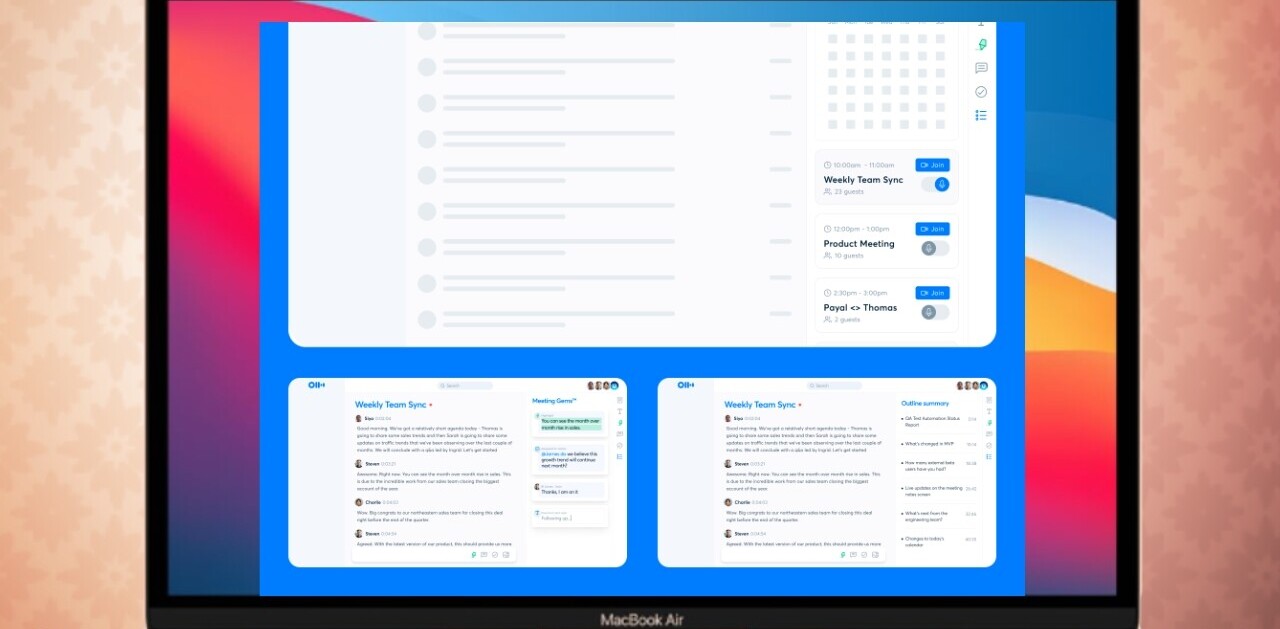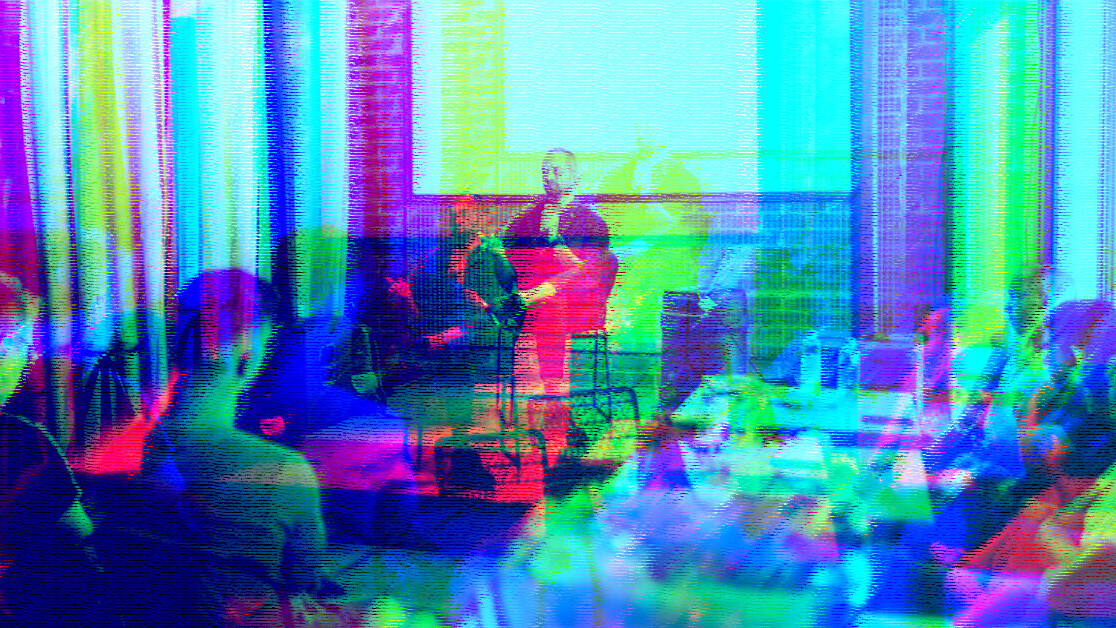
It was January 2020 and our 140+ team had just gathered in a large hotel conference room for another one of our bi-annual offsites. Ahead lay the whole day and night of strategic team alignment and most importantly — relationship building.
Today, several months and hundreds of Zoom calls later, all this seems like a luxury.
Our whole personal and professional lives seem to have moved online, and so have our company meetings and events.
But even within the boundaries of the online world, it is possible to pull off an impactful company event.
Our first ever fully remote offsite that we recently ran in our company has seen truly positive feedback from our colleagues, along with a wonderful 5.4/6 in a feedback survey.
To inspire you, here are the 15 steps we took in planning and facilitating this full-day virtual event.
PREPARATION PHASE
1. Cut the agenda in half
Compared to meeting in a physical space, virtual offsite is a whole new game. Online, people’s attention is much more susceptible to dropping, so not overcomplicating the agenda is key here.
Keep it simple and short. For instance, we replaced our usual full-day-long program with only three 60-minute content blocks.
We started with the most information-heavy session on the company strategy in the morning when the team was still fresh, which was then continued after a longer break. We finished off the main program with an interactive Q&A session that was fully driven by our team’s questions.
This is what our agenda looked like in overview:
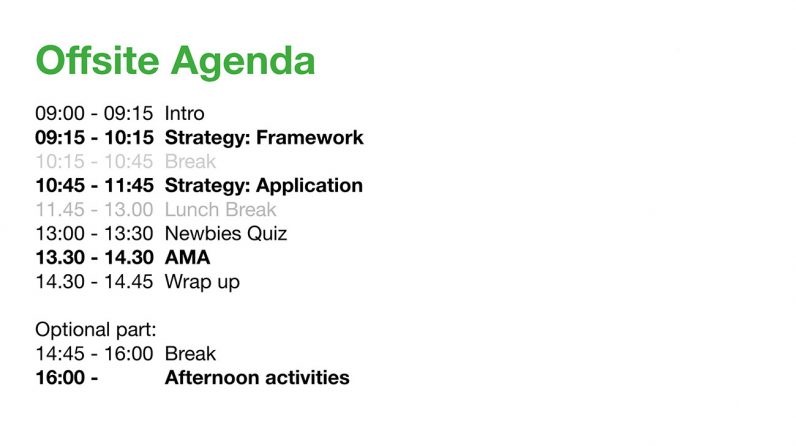
2. Use long and frequent breaks
Even if you shorten the content blocks, don’t forget to factor in long and frequent breaks. People need to recharge before they can process new information. Otherwise, Zoom fatigue may easily take hold of them and lead your colleagues’ attention astray past the point of no return.
This is why we built in one 30-minute break in between the two morning sessions, and one longer 75-minute break for lunch. We also encouraged our people to move away from their screens and go for a walk, so they could start the new content block afresh. When we closed the official part, we had another 30-minute break before the evening fun activities.
3. Simplify the main message
Offsites are high-stakes meetings. This one definitely was for us. We were to present the new strategy for the upcoming 2-3 years. It was critical for us to make sure it was clear and that it stuck with our team. For this reason, we cut all the fluff, and all the unnecessary spin offs and details.
We wrapped the whole narrative around one single topic — our new strategy. To make it more tangible for our team, we used an analogy of climbing the El Capitan mountain wall without a rope (inspired by Alex Honnold’s incredible free soloing achievement).
The team really appreciated the simplified flow. In fact, a lot of feedback comments said that sticking to an overarching topic without fragmenting the content made this offsite so valuable.
4. Assign roles
It takes a team to deliver a successful offsite. There are four key roles that you need to take onboard and align with, from the very first to the last moment:
- Content owner — This is typically a CEO (or other person/s from the executive team) who owns the key message. You need to align with them regarding the agenda, main content, and the overall flow.
- Moderator — A good moderator is indispensable for delivering an engaging offsite. Their job is to facilitate the opening, monitor the engagement, voice the team questions, and help the speakers deliver the message.
- Coordinator — Coordinators are your silent heroes. They help you bring all the pieces together; communicate instructions to the team, chase missing slides, monitor the chat, and manage practically everything that occurs in between.
- Tech support — Technology needs to run like a well-oiled machine, otherwise all else may easily crumble apart. In order to make sure it doesn’t, invite your IT manager to oversee the tech stack.
5. Set up a remote studio
This was a game changer for us. If possible, set up a small studio in your office and deliver your offsite from there. Not only was the audio and video quality much better, but it also boosted the energy and the overall vibe of the event ten fold.
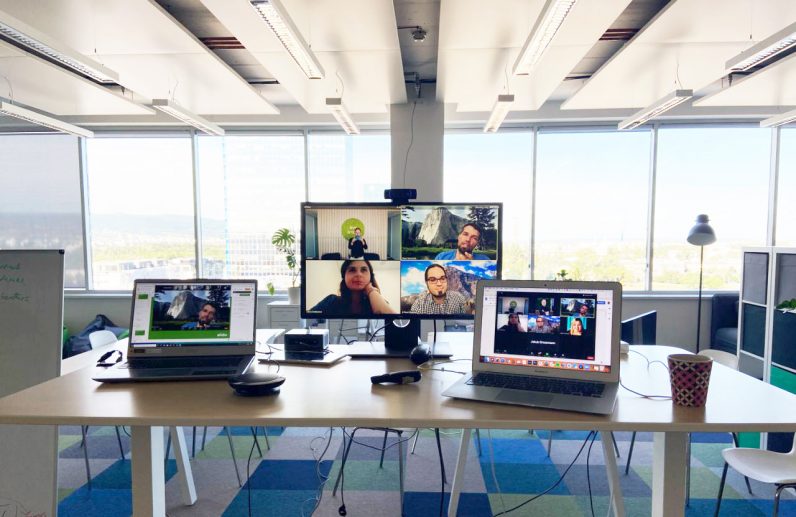
6. Get the right tool stack
Speaking of tech setup, another great hack that changed our game was the use of one single master deck that we shared with all speakers before the offsite where they were able to paste their slides.
This is most helpful when screen-sharing content during a video call as you don’t have to switch presentation decks — all content can run from one place.
Just like with all our meetings, we used Google Slides along with our own Slido for Google Slides integration. This allowed us to put polls directly into the presentation and run them seamlessly from one place — a great way to streamline engagement.
By the way, here is the tech stack we used: Zoom, Google Slides, Slido, Logitech HD Pro Webcam C920, and Jabra SPEAK 510.
7. Have a dry run with all team leads
One day before the curtain went up, we invited every functional team lead in the company for a dry run. All of us involved hopped on a 4-hour call together, where we ran through all the content that would be shared during the offsite.
The reason why we wanted to familiarize the company leads with the content was twofold:
- First, to hear their unbiased feedback.
- Second, to inform them on the key messages that we planned to communicate to everyone.
This approachhelped us reach alignment and identify any possible pitfalls.
DELIVERY PHASE
8. Create a fun opening
The offsite is no ordinary meeting. You’ve got everyone together on one video call. Make it special.
Invite colleagues with special talents — musicians, stand-up comics, dancers, you name it — to be part of the opening.
We opened our offsite with a musical number! As people were joining the call, our colleague, Zuzana, played a mini concert for us on her ukulele. Mind you, she’s a ball of energy with or without the ukulele, so imagine the smiles that constantly spread through our team’s faces!
9. Use polls to check if the team is following
Despite a well-crafted story and engaging content, large online events such as this makes it really hard for you to “read the room.”
Polls are your great helpers here. You can easily check if the team is following the main message, or get their instant feedback. In seconds, you can collect data from your whole team — whether it is a dozen, a hundred, or a thousand people.
We ran polls approximately every 5-10 minutes to re-engage our team and hear their thoughts.
Here are a few Slido polls that we used.

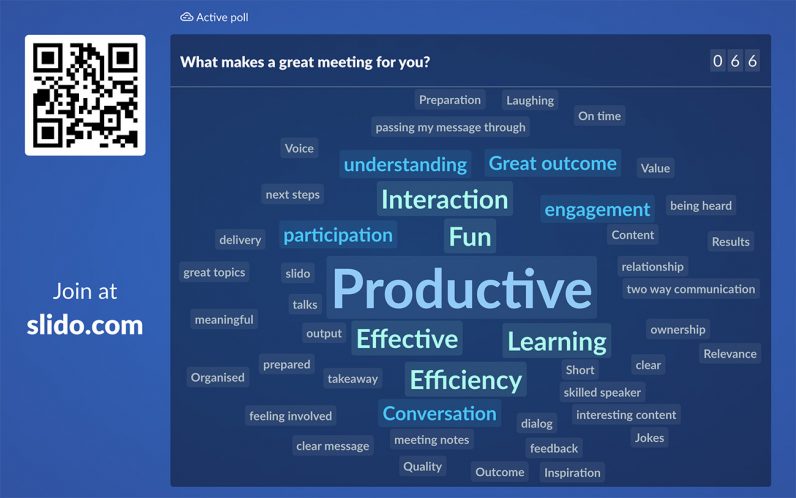
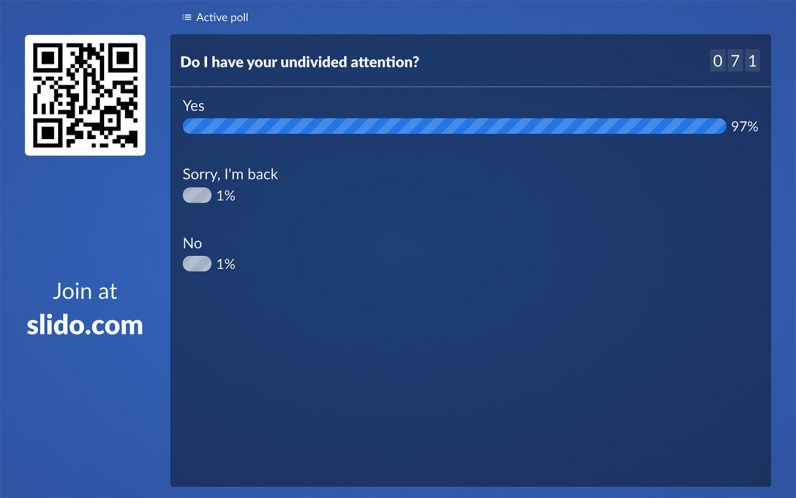
10. Have a moderator to facilitate the flow
Just as a football match needs a commentator, your offsite needs a moderator to help deliver, facilitate, and steer the whole event forward.
During an offsite, a moderator is there to guide co-workers through the meeting, bring them back into context after the breaks, keep an eye on handovers, pose team’s impromptu questions to the speakers, or bring in fun comments from the chat.
You can either ask a colleague with the right facilitation skills to moderate the offsite, or in case there’s no such person available, seek a professional. In any event, it will be worth it.
11. Use Zoom breakout rooms for small group discussions
New information sparks lots of questions. Create a space for your team to digest what they’ve just heard and discuss it together in small groups.
In the second content block, we dedicated 20 minutes to small group discussions. Zoom breakout rooms proved invaluable here. We split the team randomly into groups of three to four people.
The assignment was simple: “Share your thoughts and discuss the new strategy. Then come up with questions about anything that is not clear.”
For some it was the highlight of the meeting: “Breakout rooms were an amazing move! It was so nice to talk to random people in a sort of round-table setup.”
12. Collect team’s questions strategically
Offsites are a unique opportunity to address the team’s questions. And you can be sure that the team will have plenty of those — especially after you’ve just introduced a new strategy.
Here’s what we did. Once the discussions in breakout rooms were over (previous point), we asked our team to go to Slido Q&A and post their questions there.
Of course, there were questions in Slido even before the discussions, but we collected over 35 new questions after this exercise alone! That’s a lot of points to discuss and clarify.
But what can you do to make the Q&A as effective and worthwhile as possible?
13. Run Q&A session as a conversation (moderator and CEO)
Q&A may well become the most important element of your offsite, but you need to get it right. Don’t let your CEO or exec team just read from the questions that the team have submitted and then address them one by one.
Instead, let the moderator read the questions to the CEO. This will make your Q&A seem like a natural conversation and take your Q&A session from 1 to 100.
Another thing that can move the discussion forward is upvoting. Tell your team to vote for the questions they find most relevant, so the most popular ones make it to the top and get answered with priority. That’s really powerful and can transform your whole Q&A session.
14. Wrap up the key message before you let people go
Repetition is the mother of all learning, so if you want your message to stick, you need to repeat it. Again. And again.
Before you wrap up, bring the key message back on the slide and let it sink in.
Oh, and before getting off the call, don’t forget to ask people for feedback. Keep the feedback questions simple and easy to complete — like when you rate your UBER rides. Combine star-rating with open text comments, it will help you improve your next offsite.
15. Make space for socializing and fun online activities
Finally, offsites don’t need to be only about company strategy and alignment in the business sense of the word. Create a space for social activities, like quizzes or online games, and help your team relax and let their hair down a little — even online!
We ran a newbies quiz just after lunch to pull people back in and enjoy some friendly competition together. We collected some fun facts about our newest team members, turned them into a quiz, and let our team guess away. It was fun — we even got some sweet prizes for the winners.
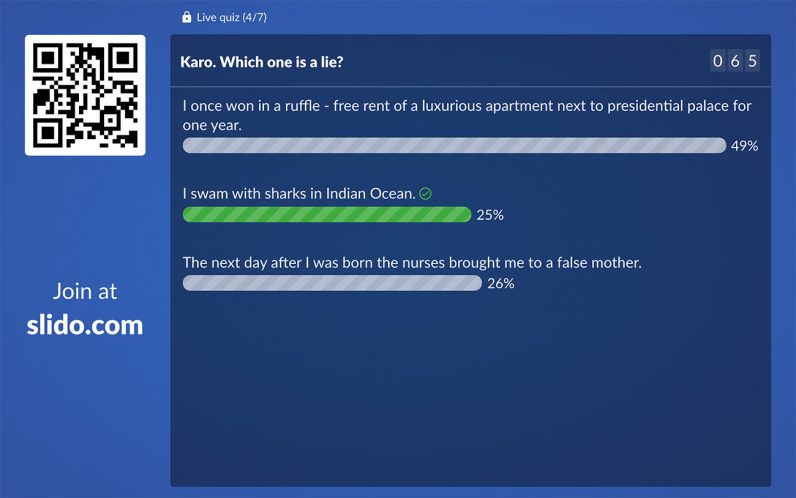
Get the TNW newsletter
Get the most important tech news in your inbox each week.



